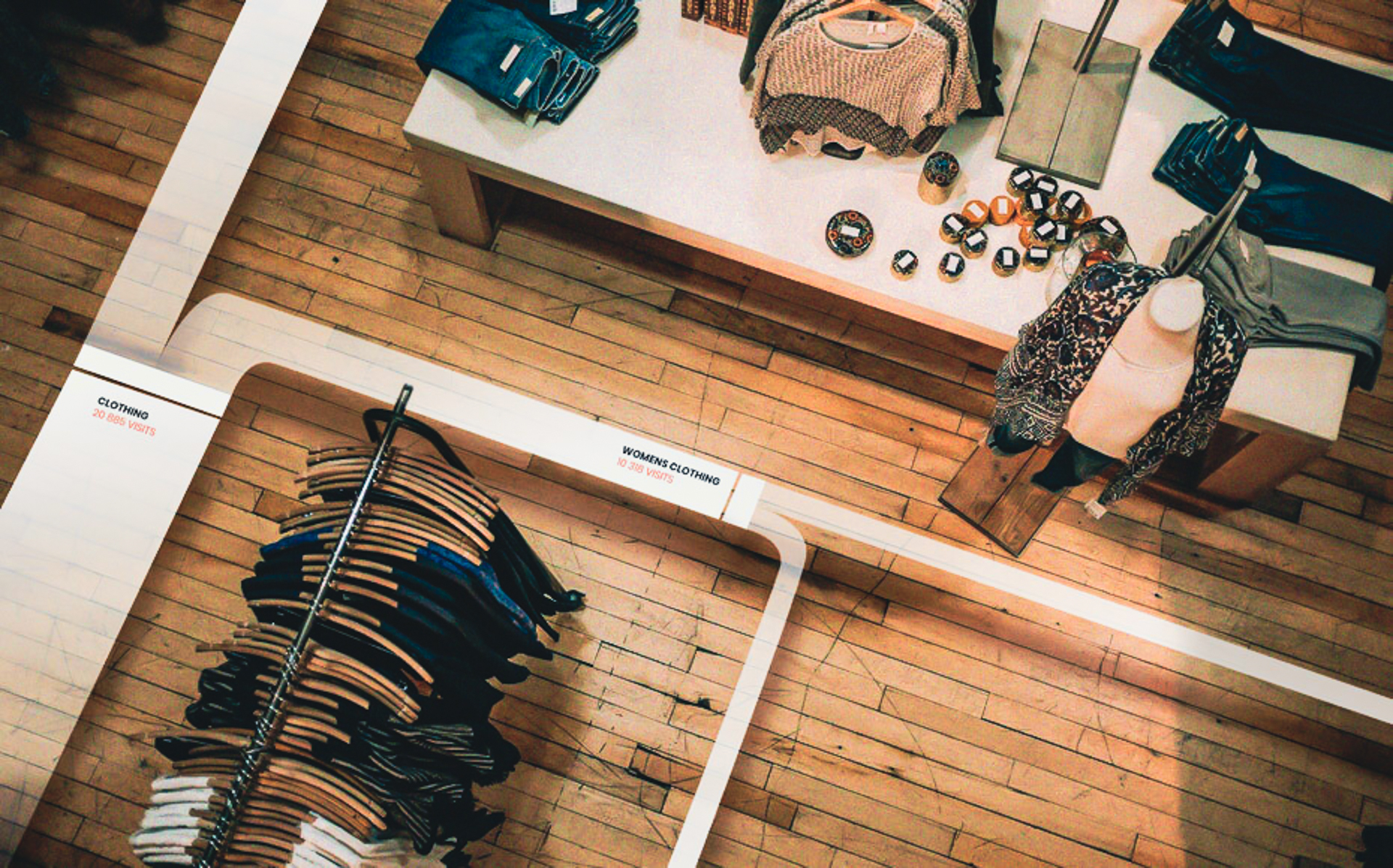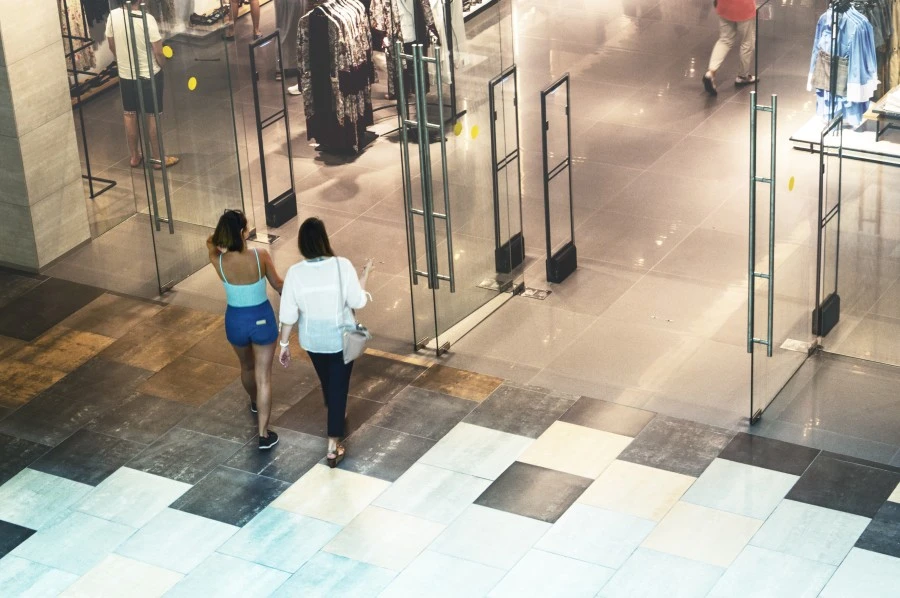Editors pick People Counting 06 Jan 2023
The value of people counting in retail
In today's competitive retail landscape, businesses of all sizes are looking for ways to gain an edge and stay ahead of the competition. One tool that can be particularly valuable for retailers is people counting technology. People counting is the process of tracking the number of people who enter or pass through a particular area or location. This data can be used to inform a variety of business decisions and can provide valuable insights into customer behavior and demographics.
One of the primary reasons that retail stores use people counting technology is to track foot traffic. This can help businesses understand how many customers they are attracting and identify trends over time. By analyzing people counting data, retailers can identify which days of the week, times of day, and seasons are busiest, and can adjust their operations accordingly. For example, a store might choose to schedule more staff during peak hours or run special promotions during slower periods in order to drive traffic.
In addition to tracking foot traffic, people counting data can also be used to optimize staffing levels. By analyzing the number of customers in the store at any given time, retailers can ensure that they have enough staff on hand to serve customers during busy periods, but not so much staff that labor costs become unnecessarily high. This can help businesses strike a balance between providing excellent customer service and controlling costs.
People counting data can also be used to measure the effectiveness of marketing campaigns. By comparing the number of people who visit a store before and after a campaign, retailers can determine whether the campaign was successful in driving traffic to the store. This can help businesses make informed decisions about where to allocate marketing resources in the future.
Another benefit of people counting is that it can provide insights into the demographics of the people who visit a retail store. This can include information about the age, gender, and ethnicity of customers. This data can be useful for targeting marketing efforts and for designing stores that appeal to specific customer groups. For example, if a store finds that a particular demographic is underrepresented among its customer base, it might consider running a targeted marketing campaign or adjusting its product mix to appeal to that group.
People counting data can also be used to optimize store layouts. By analyzing how customers move through the store and identifying bottlenecks or areas that are under-utilized, retailers can make changes to the layout of the store that can improve the customer experience and potentially increase sales. For example, a store might rearrange its displays or add signage to guide customers to certain areas of the store.
In addition to these benefits, people counting technology can also help retailers gather valuable data about the effectiveness of in-store promotions and events. By tracking the number of people who attend a promotion or event, retailers can gauge its popularity and determine whether it was successful in driving traffic to the store.
Overall, the value of people counting lies in the insights it can provide into customer behavior, demographics, and the effectiveness of marketing efforts. By using this data to inform business decisions, retailers can make informed choices that can help drive traffic, optimize staffing levels, and improve the customer experience. With the right people counting technology in place, retailers can gain a deeper understanding of their customers and use that knowledge to make data-driven decisions that drive success.





